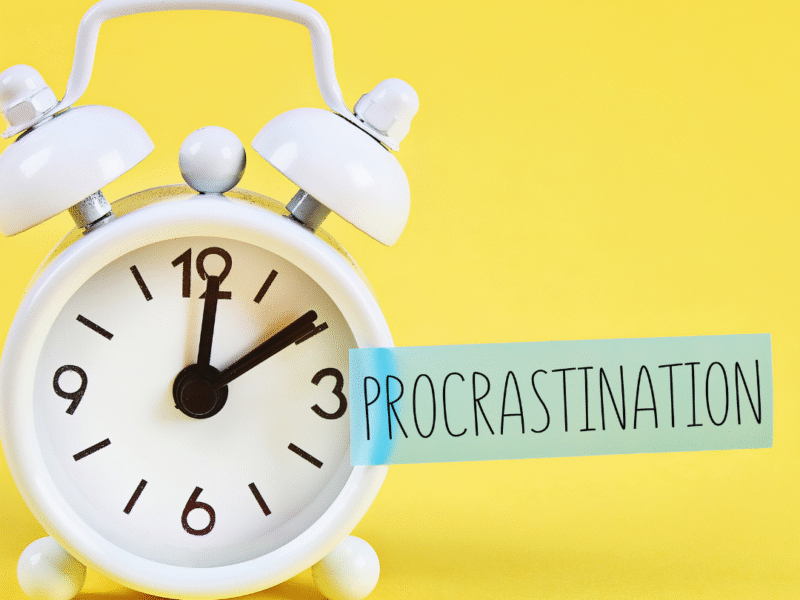Identifying a preferred learning style can significantly enhance educational experiences and outcomes. To find one’s learning style, individuals can explore visual, auditory, and kinesthetic preferences through self-assessment tools and reflection on past learning experiences. Understanding these styles allows learners to tailor their study habits and strategies, leading to improved retention and engagement.
Many resources are available that provide quizzes and insights into different learning styles. Engaging with these tools can reveal how one processes information best, whether through seeing, hearing, or doing. This knowledge empowers individuals to adapt their approaches to match their unique learning preferences.
Incorporating this understanding into daily study routines can open doors to new methods of learning. By prioritizing techniques that align with their learning style, individuals often find that they grasp concepts more effectively, leading to greater academic success and confidence in their abilities.
Identifying Your Learning Style
Recognizing an individual’s learning style is essential for optimizing their study methods. Several tools and approaches can assist in pinpointing whether a person is a visual, auditory, or tactile learner, among other modalities.
Assessment Tools and Resources
Various assessment tools are available to help determine learning preferences. Resources such as the VARK questionnaire or the Myers-Briggs Type Indicator can provide insights into whether someone leans more toward visual, auditory, or kinesthetic learning styles.
- VARK Questionnaire: Focuses on four learning styles—Visual, Aural, Read/Write, and Kinesthetic.
- Learning Style Inventory: A structured tool that assigns a learning style based on responses to specific questions.
Using these resources can lead to greater self-awareness and tailored study strategies.
Reflecting on Learning Preferences
Self-reflection is a powerful tool in identifying learning styles. Individuals should consider past experiences where they excelled in understanding or recalling information. Questions to ponder include:
- Did I learn better through diagrams or lectures?
- Do I find hands-on activities more effective than reading textbook material?
This reflective process can reveal patterns in preferences, thereby aiding in the development of more effective learning strategies.
Observing Study Habits and Recall Patterns
Observing how one studies and recalls information is crucial. A learner can keep a journal to log study sessions and note which methods yield the best retention. Pay attention to:
- Study Techniques: Do visual aids like charts help in understanding concepts?
- Recall: Is information better retained when discussed aloud or through writing?
By tracking these habits, individuals can assess their most effective learning methods and adjust accordingly to improve their learning outcomes. This approach makes learning more efficient and tailored to one’s unique style.
Key Characteristics of Learning Styles
Learning styles refer to the distinctive ways in which individuals absorb, process, and retain information. Identifying one’s learning style can enhance educational experiences. The following sections detail the key characteristics associated with visual, auditory, and tactile/kinesthetic learning styles.
Visual Learners and Visual Learning Approaches
Visual learners primarily process information through sight. They benefit from diagrams, charts, and written instructions. These individuals often recall details better when they see them presented visually.
Facial expressions and body language also play a significant role in their understanding. Visual learners tend to prefer activities such as drawing or using color-coded notes. Additionally, they might find it helpful to visualize concepts in their mind.
To optimize learning, visual learners should use tools like mind maps and videos. Integrating visual aids into study sessions can significantly enhance their comprehension and retention of material.
Auditory Learners and Auditory Learning Strategies
Auditory learners excel in environments where listening is key. They absorb information well through lectures, discussions, and verbal explanations. This style often includes the use of verbal analogies to clarify complex ideas.
These individuals may find that they retain information better when they hear it spoken. They often benefit from reading aloud or using mnemonic devices. Group discussions and podcasts also serve as valuable learning tools for auditory learners.
To maximize their learning, auditory learners should engage in collaborative activities. Listening to lectures or recorded material can provide additional reinforcement of new concepts.
Tactile/Kinesthetic Learners and Hands-On Techniques
Tactile or kinesthetic learners thrive on active participation. They learn best through hands-on techniques, such as experiments or physical activities. For these individuals, engaging in sports or building models can reinforce learning effectively.
This group often uses movement to facilitate understanding. They may struggle with traditional learning environments that rely heavily on listening and reading. To enhance their learning, tactile learners should engage in practical applications.
Using manipulatives, role-playing, or simulations can significantly elevate their educational experiences. This active involvement helps solidify concepts and promotes a deeper understanding.
Applying Learning Styles to Improve Study Effectiveness
Understanding how to apply different learning styles can significantly enhance study effectiveness. By tailoring study techniques and incorporating varied activities, individuals can increase retention and overall learning outcomes.
Customizing Study Techniques for Better Outcomes
Identifying a preferred learning style allows individuals to customize study techniques that enhance their comprehension. For example, visual learners might benefit from diagrams, charts, and color-coded notes. Auditory learners can improve their retention by listening to lectures or using mnemonic devices, while kinesthetic learners may find hands-on activities and practical applications most effective.
Creating a personalized study schedule can also support different learning styles. For instance, using short bursts of focused study interspersed with breaks caters to various attention spans. Implementing these tailored techniques fosters a more engaging learning environment, ultimately leading to better retention.
Incorporating Varied Learning Activities
Incorporating diverse learning activities can significantly enhance the study experience. This could involve group discussions for auditory learners or interactive simulations for kinesthetic learners. When individuals mix techniques, they avoid monotony and keep motivation high.
Additionally, using tools like flashcards, educational games, or video content provides an array of options. For visual learners, mind mapping can connect ideas effectively. Varying study activities also support different types of retention, reinforcing knowledge through multiple channels. This approach ensures a more comprehensive understanding of the material and improves long-term recall.



